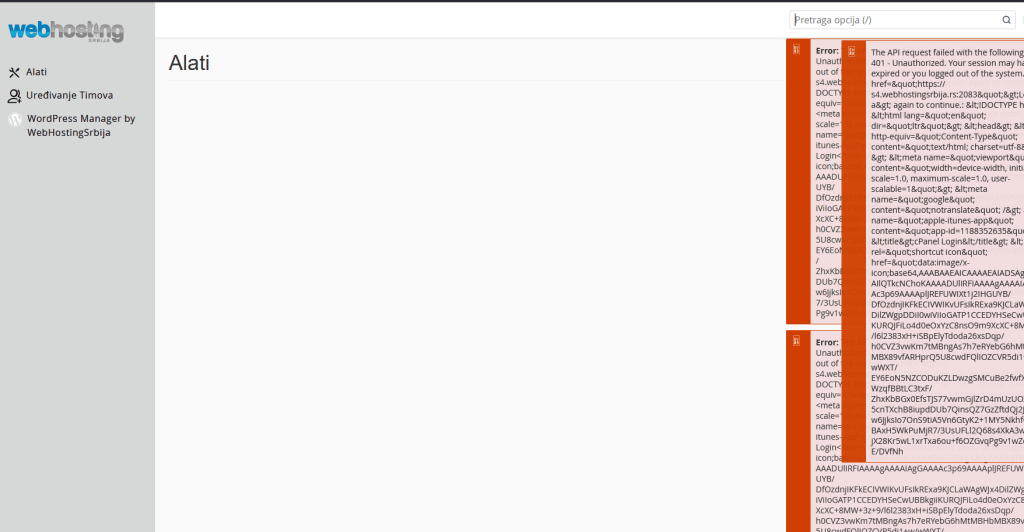This article will explain individually what each resource item means.
Free website/shop – Click HERE to read more about it.
NVMe SSD – space on your account. It includes everything on your account as much as you have available for your site, database, email, literally everything on your account.
Additional space - on each package, it is possible to purchase additional space in increments of 10GB, and you can expand each account up to a maximum of an additional 100GB.
Flow - throughput is the amount of MB generated by your download/upload account.
Email address - the number of email addresses you can have on your account. If you have the domain, for example, webhostingsrbija.rs and the email address kontakt@webhostingsrbija.rs, that is one email address and you can have as many email addresses per package.
Base – the number of databases indicates how many sites you can have that use the database. Let's say sites like WordPress use a database to store data (articles, texts, links to images, etc...) and one wordpress site uses one database.
Website - it means how many different sites you can have on your account, i.e. how many Addon Domains (different domains) you have available to add to your account.
Free SSL – it's a padlock next to your domain (https link) that indicates the site is encrypted and safe to use.
Free backup - a backup is a copy of your account in a safe place so that if you need it, make a mistake somewhere or something unforeseen happens with your account, you can restore it and continue working.
cPanel – is a premium software used for hosting work such as wordpress site creation, email address creation, database creation and more.
LiteSpeed - is a premium web server that allows your sites to be read incomparably faster, even with the naked eye the difference is noticeable compared to ordinary apache servers.
CloudLinux Resources
Just as every computer has limitations in terms of Processor, space, RAM memory, so does the hosting account.
Entry Process (input process) in CloudLinux is the number of processes that can be executed simultaneously within a given user account on the web server. Each time a visitor accesses the site (or works within the site eg edits or is connected via ssh), the server creates a new process to process the request. This is important when doing demanding things such as image processing or larger requests and the site has a higher number of visits.
Physical Memory (Physical Memory) in CloudLinux is the amount of RAM that a user account or process is currently using on the web server. RAM memory is the fast memory that the web server uses for the immediate execution of programs and processes. It is very important because when optimizing the site, everything possible is placed in RAM so that the site loads very quickly.
I/O Usage (I/O usage) in CloudLinux refers to the amount of input/output (I/O) that a user account or process is currently using on the web server. I/O refers to the operations of reading and writing data to disk, which can be a very demanding process for a server. Let's say when opening your site, data from your account such as images and files is read and this uses I/O Usage.
IOPS Usage (Usage IOPS) in CloudLinux is the number of I/O operations per second that a user account or process performs on the server. I/O operations refer to input/output operations performed on data, such as reading and writing data on a hard disk.
NPROC (number of processes) – is the total number of processes that can be executed on the web server at one time. This limit includes all processes executed on the web server, including those executed within user accounts.
Process (processes) – is the total number of processes that are executed on one user account. This restriction applies only to processes performed within user accounts.
INODIES (number of files) – INODE in CloudLinux is the maximum number of files that can be on the account.
CPU - CPU in CloudLinux is the maximum utilization of the processor (as on a computer). It can be expressed in percentages or in numbers. 100% is actually number 1. 140% is actually number 1.4. 100% or unit indicates 1 core in the process that is available for use. For example, 150% or 1.5 (one ipo) core in the processor is allowed to be used.
